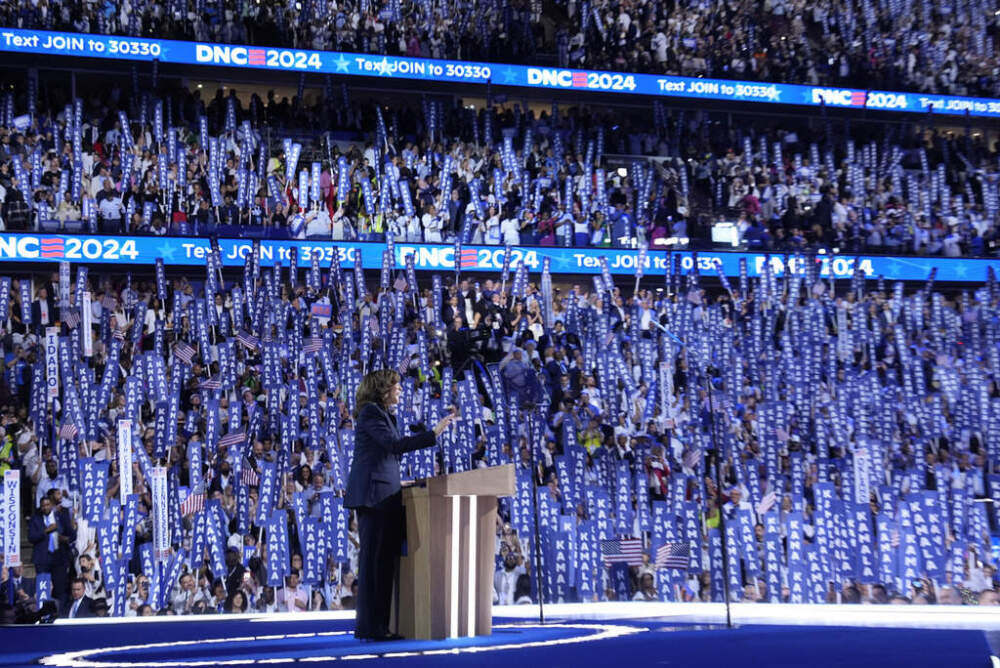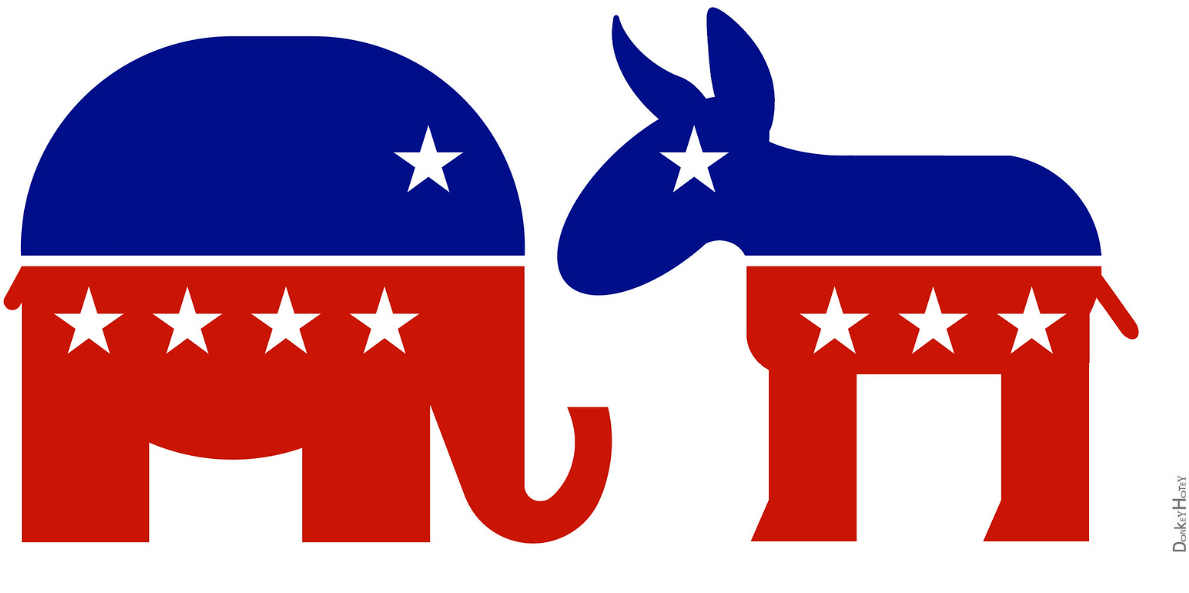Republicans see opportunity, Democrats risk complacency, as midterm dynamics collide with the lessons of 2024.
Image of McLaughlin & Associates logo screenshot from website.
What to Know
- Trump's success in 2024 was fueled by gains among low-propensity voters, including young, minority, non-college-educated, unmarried, and lower-income individuals.
- Midterm electorates skew toward high-turnout “VIP” voters, making it harder to replicate that coalition.
- Democrats risk mistaking midterm success for structural strength, masking weaknesses exposed in presidential years.
- Immigration motivates high-turnout Republicans, while cost-of-living concerns dominate among low-turnout voters.
- Both parties face a strategic test: Republicans must expand outreach, Democrats must resist false optimism.
Every two years, American politics resets its scoreboard. But not every contest tells the same story. GOP pollster Patrick Ruffini suggests Democrats might misinterpret the 2026 midterm results, similar to how they misjudged 2018 and 2022.

Patrick Ruffini; image credit WVIK
He posits that midterm successes could be mistakenly seen as evidence of a stable coalition, only for it to disintegrate in the subsequent presidential election. At the center of this paradox are low-propensity voters, the swing bloc that powered Trump in 2016 and 2024 but rarely decides midterms.
The Midterm Mirage
Midterm elections tend to favor the opposition party because the president's opponents are generally more galvanized, better organized, and more motivated to cast their ballots. That dynamic helped Democrats in 2018 and Republicans in 2022. Yet Ruffini warns that these midterm gains are often illusions. They boost the morale of the base but do little to fix structural problems that surface when presidential elections bring millions of disengaged voters back into the fold.
In 2024, Trump’s appeal to young men, Hispanics, and working-class voters fractured the Democratic party’s coalition. A strong Democratic performance in 2026 could obscure the insights gained from this shift. A midterm rebound risks convincing Democratic leaders that no course correction is needed.
Who Low-Propensity Voters Are
The bloc that shifted most dramatically toward Trump in 2024 was not the usual coalition of loyal partisans. It was made up of irregular voters who stand apart from the “VIPs” who dominate midterms: younger, more likely to be minorities, less educated, unmarried, and lower income. Detached from traditional institutions and skeptical of elite messaging, they care most about the cost of living and housing pressures. These voters are harder to mobilize, but when they show up, they can decide elections.

Image by DALL-E
They are disproportionately young, less anchored to civic or religious institutions, and more likely to be minorities who distrust elite liberal messaging. Many did not attend college and rank cost-of-living pressures such as rent, groceries, and wages above procedural or ideological debates. They are more likely to be unmarried, less tied into community turnout networks, and lower income, which leaves them most exposed to inflation and housing costs.
Ruffini stresses that these voters are not consistent partisans. They are “vibes-driven,” less concerned with party platforms and more with whether a candidate seems to understand their struggles. They rarely follow politics day to day, but when they enter the electorate, as in 2016 and 2024, they can swing the outcome. Their very irregularity is what makes them both difficult to mobilize and decisive when they do participate.
Why They Matter Less in Midterms
Ruffini compares midterms to a nightclub that shuts down early. Only the most committed people get inside, and the “VIPs,” or frequent voters, make up most of the crowd. These voters tend to be more ideological, more partisan, and more predictable. That is why Democrats often perform well in special elections, where high-propensity progressives are overrepresented.
In presidential years, the doors stay open later, and the irregular voters stream in. These low-propensity participants are less concerned with party loyalty or procedural fights. What moves them are issues like affordability, cultural identity, and whether a candidate seems to stand with them. Trump has been particularly effective at drawing in this group, but they are unlikely to appear in midterms unless campaigns put significant resources into turnout.
Risks for Democrats
Democrats risk falling into the same trap that has hurt them before. A strong midterm showing in 2026 could erase memories of the weaknesses exposed in 2024, particularly the erosion of support among Hispanics, young men, and working-class voters.
After 2018, Democrats assumed their success signaled a broad mandate for progressive change, only to find those positions created serious problems in 2020. Following 2022, they convinced themselves that Biden was the safest choice for re-election, dismissing widespread concerns about his age. In both cases, midterm victories buried the hard lessons of presidential cycles.

Image by DALL-E
Ruffini warns that the same miscalculation could happen again. If Democrats perform well in 2026, party leaders may conclude that their coalition is intact and that no outreach to irregular or low-propensity voters is necessary. That kind of complacency would repeat the pattern of mistaking midterm energy for structural strength.
The danger is not just losing ground in 2028 but failing to adapt to an electorate that looks very different when more disengaged voters enter the process.
The Republican Challenge
Republicans cannot assume that low-propensity voters will appear on their own. The 2026 midterms will unfold in an environment less suited to Trump’s style of “vibes politics.” The task is to energize core conservatives while still planning for the irregular voters who decide presidential elections. That requires balancing immigration and cultural issues, which excite reliable Republican voters, with a cost-of-living agenda that resonates with those who turn out only in presidential years.

Image by DALL-E
The strategic question for the GOP is whether to invest resources in groups unlikely to vote in 2026 or to focus entirely on the dependable midterm electorate. Ruffini’s warning is that winning in 2026 without building connections to the broader presidential electorate could set the stage for disappointment in 2028.
Issue Salience and 2026 Messaging
Immigration continues to rally the Republican base, yet it matters far less to the irregular voters who shape presidential elections. Issues like democracy and abortion drove turnout in 2022, but their impact diminished in 2024 once the electorate widened and low-propensity voters came into play.
By contrast, cost-of-living and housing remain the dominant concerns for these irregular voters, even though politicians often overlook them during midterms. Ruffini notes that caring most about affordability often correlates with lower participation, which makes these priorities easy to sideline. Parties that fail to recognize the divide between high-turnout partisans and low-turnout voters risk preparing for the wrong electorate in 2026 and misreading the lessons for 2028.
Wrap Up
Patrick Ruffini’s concept of the “midterm mirage” offers a cautionary lesson for both parties. Midterms are not reliable predictors of presidential outcomes, and victories in one cycle can set the stage for failure in the next. Democrats risk treating a strong showing in 2026 as proof that their coalition is secure, even though their losses with Hispanics, young men, and working-class voters in 2024 revealed deeper vulnerabilities. If they ignore those weaknesses, the same groups could once again shift the balance against them in 2028.
Republicans face a different but equally serious test. Leaning too heavily on immigration and cultural fights may motivate high-turnout conservatives but leaves unaddressed the cost of living concerns that matter most to low-propensity voters. The party’s challenge is to prepare for the broader presidential electorate while still competing in the narrower midterm environment. The real measure of success in 2026 is not how many seats are gained or lost, but which party emerges ready for the electorate that will define the next presidential race.





